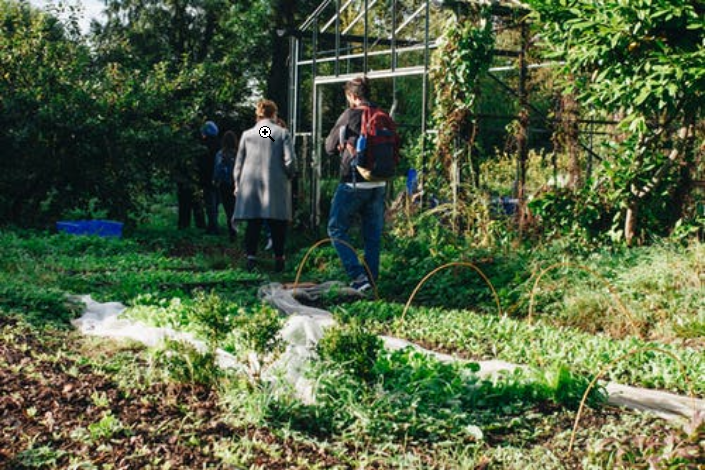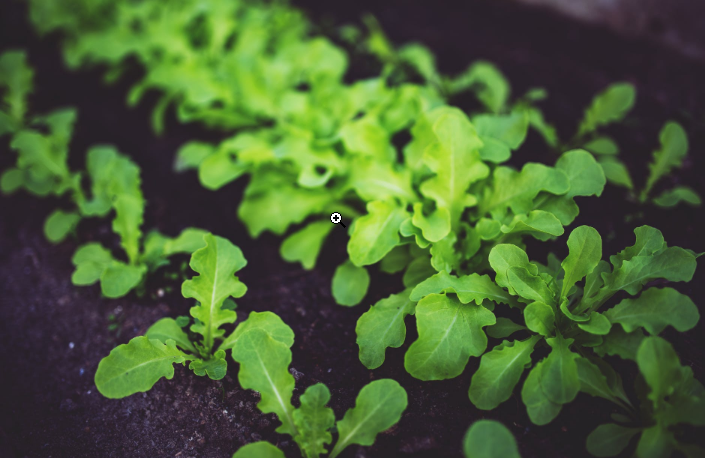Farmers living in four-season countries know how it feels like to constantly deal with cold weather. As the winters often last for months, it is impossible for them to postpone their farming plans only because of the weather. For that reason, farmers in such areas are required to be as resourceful as possible when it comes to planning their next harvest. However, it is indeed not an easy task to deal with such challenges. Plants, especially the ones that constantly need sunlight and heat, are often damaged during the low temperatures.
Things are worse when frost hits. Although it only happens at some specific points, it can cause the plant cells to burst due to the absence of heat. As farmers are still looking into references that talk about frost protection, orchard frost prevention, orchard frost protection, it becomes clear that special methods are needed when people need to farm in areas with low temperatures. This article tries to give you the information you need about farming in cold weather and how to have a successful harvest despite the frost.

Selecting the Right Crops
The types of crops that one plants play a significant role in how it will turn out. Some plants can only survive during summers while some others can make it through winter although protection is necessary. One thing to note is that many of these plants cannot stand the below-freezing temperatures. Thus, you need to consider aspects like how long certain crops will take to reach maturity and the temperatures that the plants need to survive. Frost, on the other hand, will instantly kill any summer crops, like tomatoes, basil, and peppers. For that reason, selecting these crops is indeed not a good idea.
Protection
Protection is the next most important thing if you rely only on your crops during the winter. Building a raised bed is what expert suggest since it can prevent the cold from killing the plants. Although raised beds are one effective method, it is still not enough to protect the whole parts of the crops. Cold frames and covers can also make an excellent idea to protect the plants.
Timing
Another vital aspect to take into account is timing. As different crops have different growing periods, farmers need to plan it carefully. Veggies, like kale, cabbage, cauliflower, and broccoli, should be planted no later than mid-July. Carrots and beets will grow to the desired sizes when farmers start planting them at the beginning of August.

